Citizen science: become part of a real-time Global Landslide Detector
BGS and partners are trialling a new social media tool that detects worldwide landslides in real time.
29/08/2022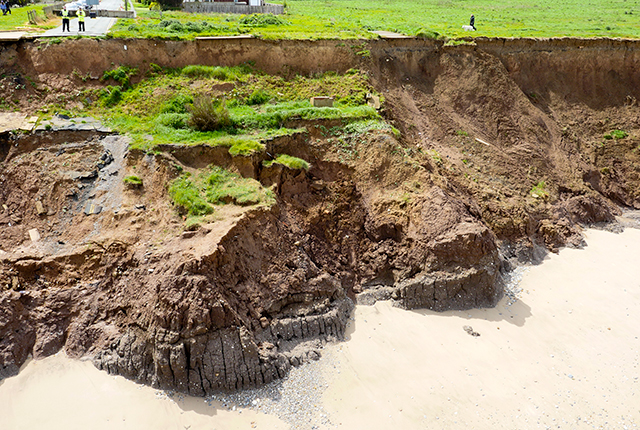
Social media is a valuable tool. Society is now sharing a constant stream of real-time information across a wide variety of digital platforms. Alongside all the pictures of pets, family members and delicious dinners, social media channels are also used when disaster strikes. In this respect, social media has the power to harness important data that can have a huge impact for the global good. Take, for instance, the ability to learn about natural disasters across the world, as they unfold in real time.
BGS has been working with earthquake and social media specialists at the European-Mediterranean Seismological Centre and computer scientists at the Qatar Computing Research Institute to build the Global Landslide Detector, a tool that uses machine learning to recognise landslides in photographs shared on social media.
When a landslide happens, the damage caused is usually unknown beyond the locality until news reporters can attend the scene or once satellites have been able to collect images, and their responding communities have processed the data. This is called ‘data latency’ and can take some time – at best a few hours; at worst, several days.
We realised we could help improve this situation by speeding up the timescale in which landslide data becomes available on a global scale.
Why is social media useful for landslides research?
Social media information is imperfect; there is an awful lot of content being produced very quickly and it is constantly being added to. While this can seem a little overwhelming, if you have a way of untangling valuable updates from the social noise, what you will end up with is data in large quantities, in real time, covering geographical areas much larger than any conventional ground sensors can detect. These ‘social sensors’ allow access to a rich source of human information such as text, videos, photographs, timestamps and locations. This can provide us with disaster information very quickly.
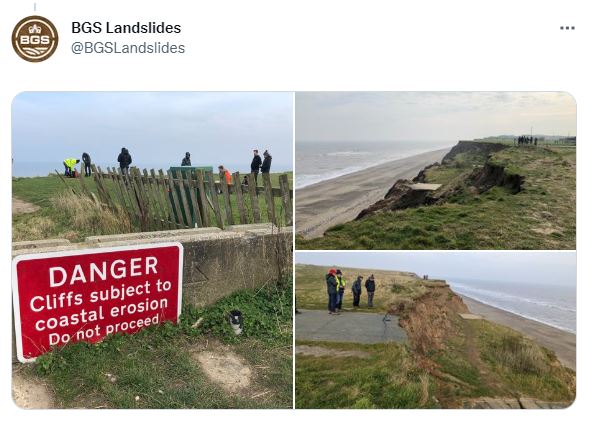
A typical tweet from the @BGSLandslides team. BGS © UKRI.
The Global Landslide Detector is a publicly available web service that extracts, in real time, photographs of landslides published on social media. This is something we hope will be welcomed by various sectors, including disaster risk reduction managers, first responders and landslide database researchers.
The detector currently monitors Twitter only, although there is scope for expansion in the future. It extracts tweets that contain a photograph in association with particular keywords. The keywords we’ve inputted are currently available in 31 different languages, which means that translation shouldn’t be a barrier to using the tool. Using machine learning, the tool then analyses the photographs automatically, to decide whether they contain a landslide or not. The data from this process is then organised by location and markers are placed on a map.
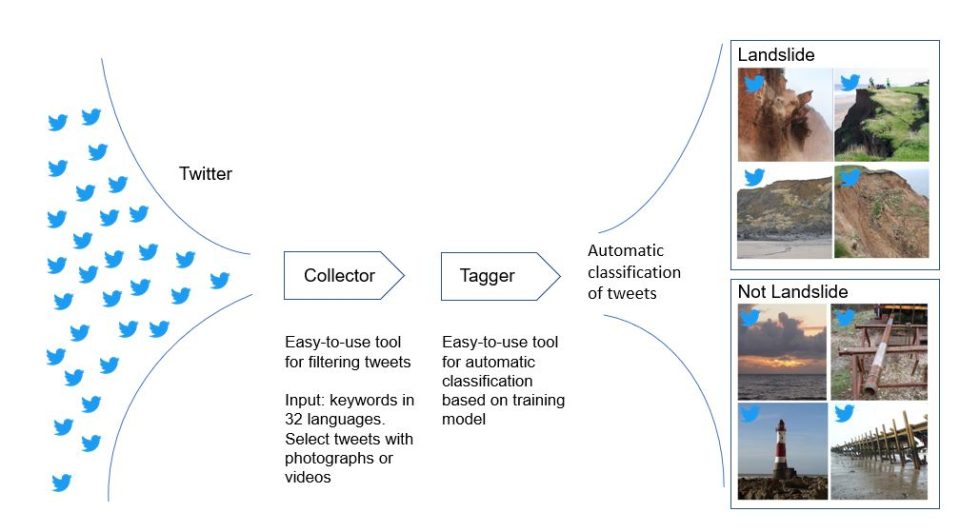
Diagram showing how the Global Landslide Detector extracts relevant information from Twitter and sorts photographs into landslides and not landslides. BGS © UKRI.
How you can help
Currently we are trialling the first version of the tool on the website. We are asking for feedback on several elements from the scientific landslide community, as well as anyone else with an active interest, including:
- refining the landslide keywords used to extract tweets
- expanding and updating keywords in other languages
- general layout
You can find an initial feedback form on the website, which may lead to further discussion, if needed.
Limitations
Before using the tool, it is important to understand some of its limitations.
- The Global Landslides Detector does not replace expert survey; data can come from any social media user
- Each photograph is analysed in isolation
- The tool does not discriminate between landslide ‘types’ but aims to recognise zones of depletion (where the material has come from) and accretion (where it has been deposited); this excludes scenarios where the landslide debris has been removed by coastal or fluvial erosion, or where a landslide has been remediated
- The tool aims to show contemporary, rather than historic, landslides
- There must be a clear representation of a landslide as the major focus of the image
- Where representation is borderline, consideration is given to whether the end user would be concerned by the image being labelled as a landslide, e.g. in a situation where another geomorphological feature such as a retaining wall or a sinkhole might be marked as a landslide
- The methodology is aimed to identify landslide features, but the task is not to discriminate scale, meaning that images labelled as landslides may be very small (less than 1 m and not strictly a landslide)
- Aerial photographs including multiple landslide events are not captured by the tool
- The tool is not intended to be used in isolation during a disaster scenario but could complement existing workflows and provide new data, taking into consideration the limitations described and data biases (e.g. mobile coverage; widespread use of social media; population density)
The Global Landslide Detector website is not under the control of BGS and BGS is not responsible for the website, policies or practices.
Further reading
Pennington, C V L, Bossu, R, Ofli, F, Imran, M, Qazi, U W, Roch, J, and Banks, V. 2022. A near-real-time global landslide incident reporting tool demonstrator using social media and artificial intelligence. International Journal of Disaster Risk Reduction, Vol. 77, 103089. DOI: https://doi.org/10.1016/j.ijdrr.2022.103089
Ofli, F, Imran, M, Qazi, U, Roch, J, Pennington, C V L, Banks, V, and Bossu, R. 2022. Landslide detection in real-time social media image streams. The Thirty-Fourth Annual Conference on Innovative Applications of Artificial Intelligence (IAAI-22), February 24-26, 2022, Vancouver, BC, Canada. Available at: https://arxiv.org/pdf/2110.04080.pdf
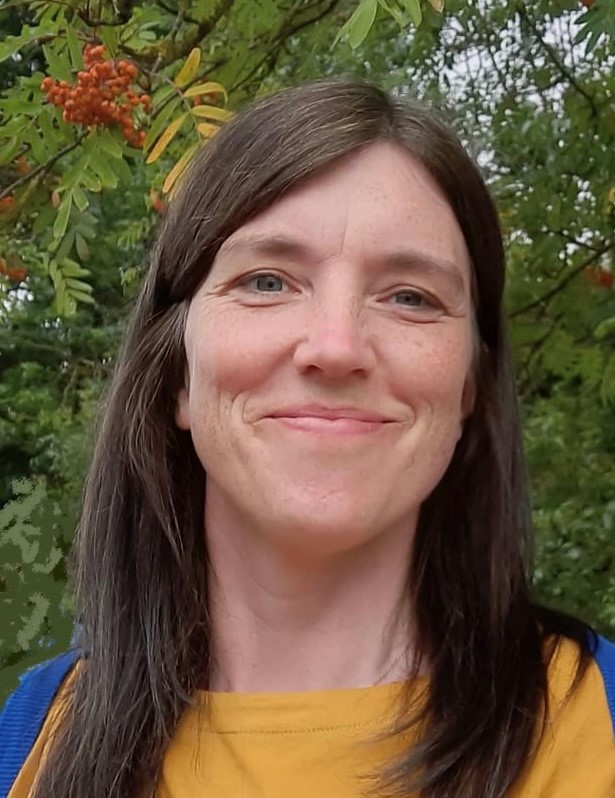
Catherine Pennington
Engineering geologist, landslide specialist
Latest blogs
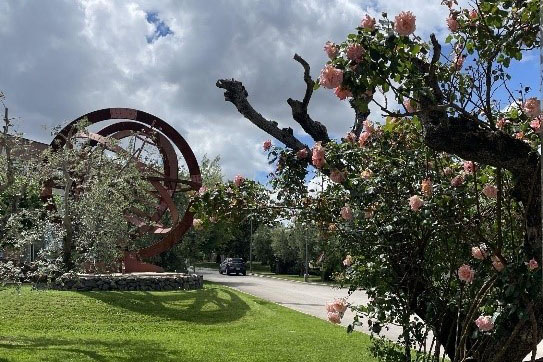
AI and Earth observation: BGS visits the European Space Agency
02/07/2025
The newest artificial intelligence for earth science: how ESA and NASA are using AI to understand our planet.
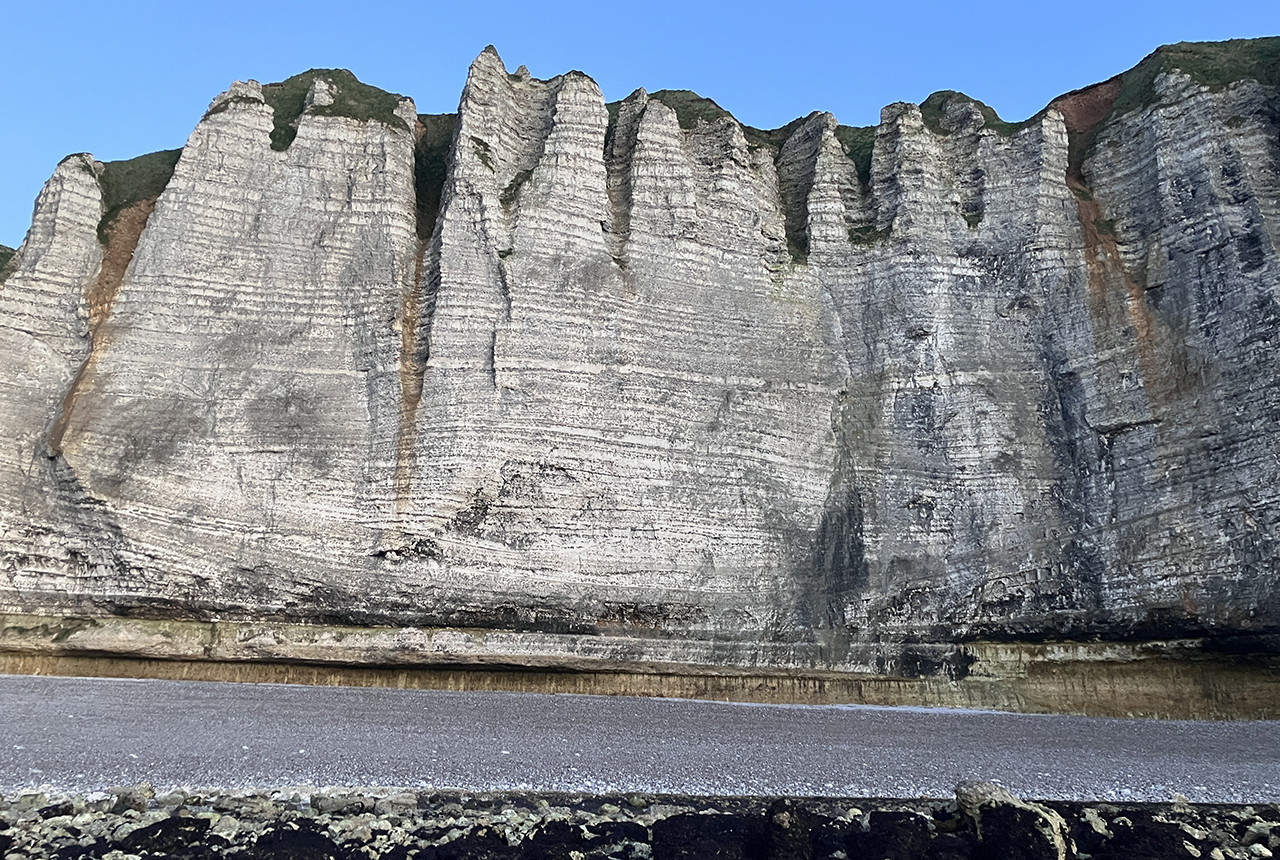
Geology sans frontières
24/04/2025
Geology doesn’t stop at international borders, so BGS is working with neighbouring geological surveys and research institutes to solve common problems with the geology they share.
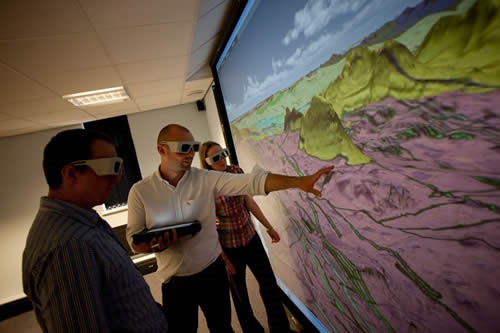
Celebrating 20 years of virtual reality innovation at BGS
08/04/2025
Twenty years after its installation, BGS Visualisation Systems lead Bruce Napier reflects on our cutting-edge virtual reality suite and looks forward to new possibilities.
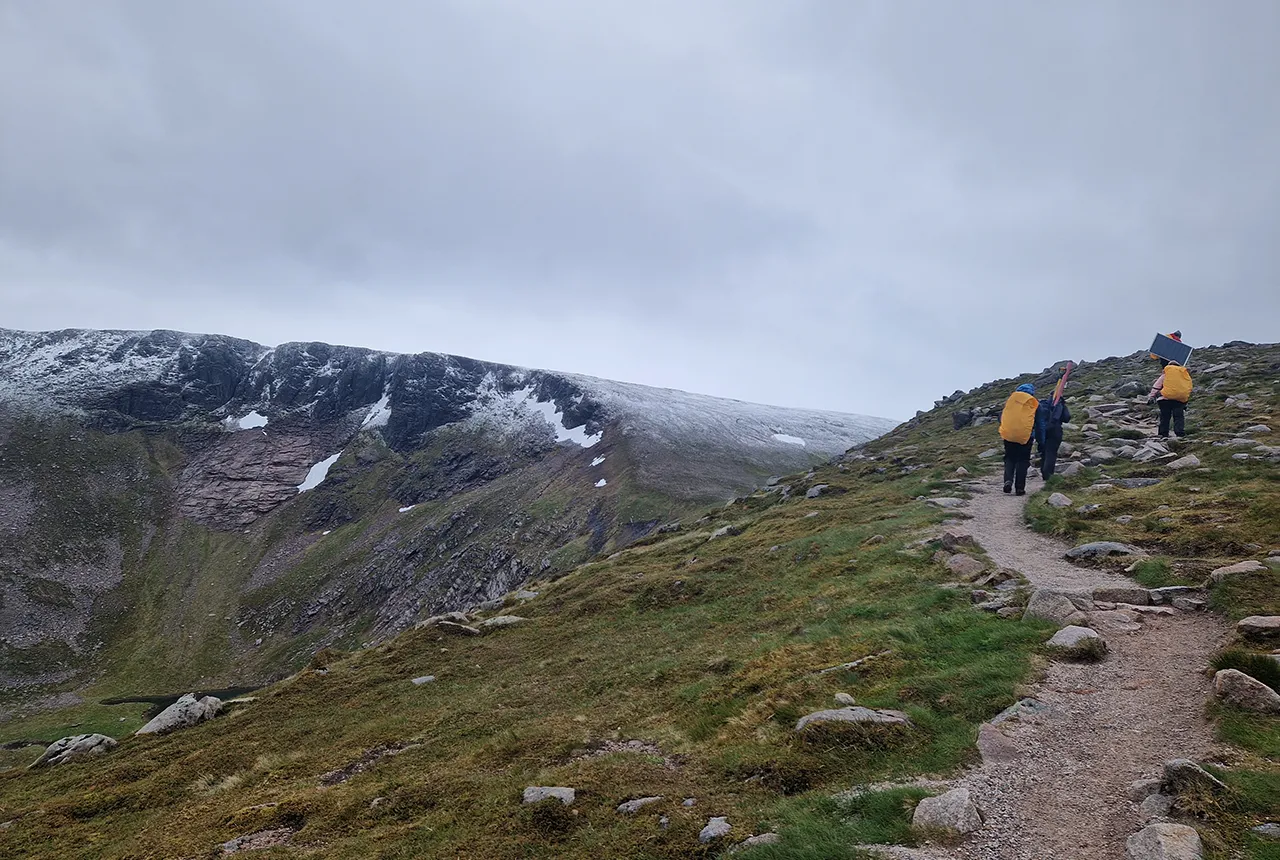
Exploring Scotland’s hidden energy potential with geology and geophysics: fieldwork in the Cairngorms
31/03/2025
BUFI student Innes Campbell discusses his research on Scotland’s radiothermal granites and how a fieldtrip with BGS helped further explore the subject.
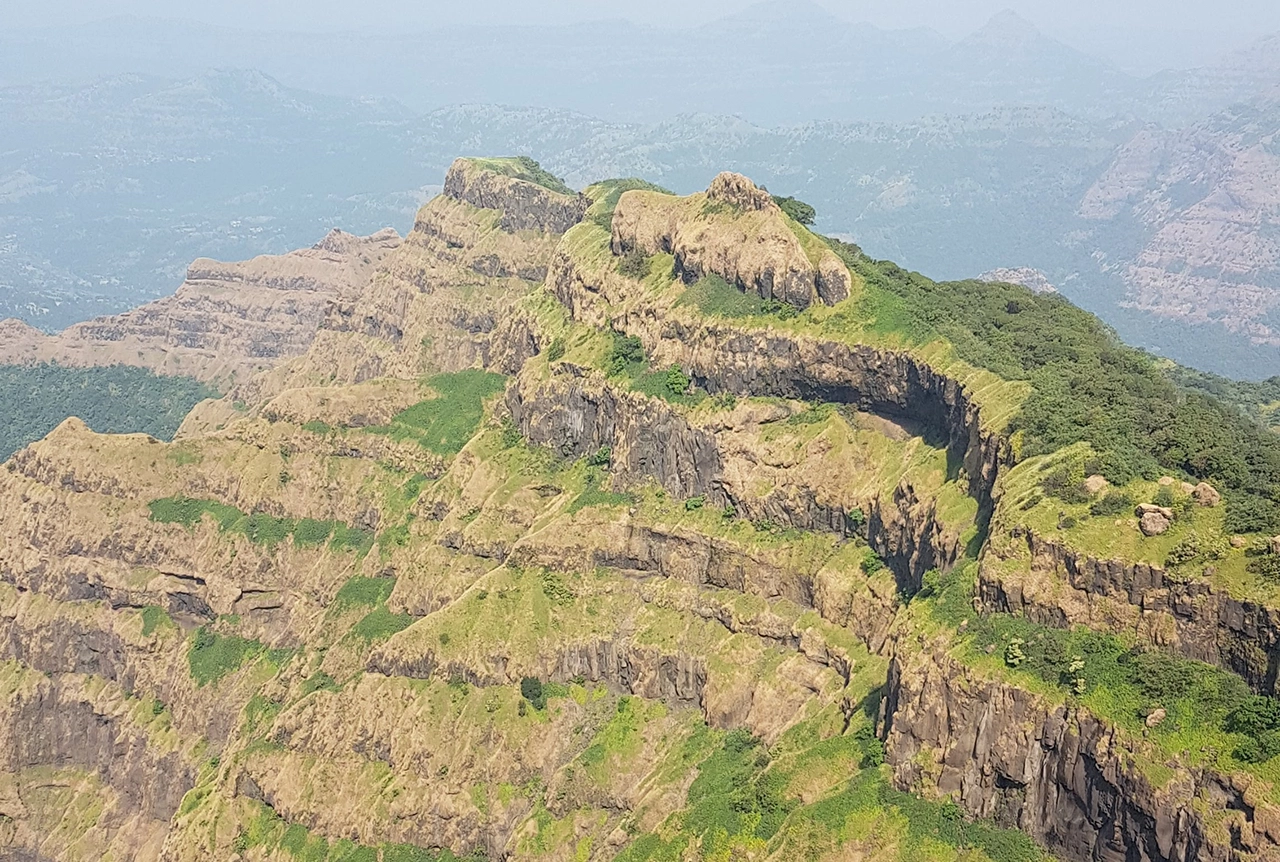
Could underground disposal of carbon dioxide help to reduce India’s emissions?
28/01/2025
BGS geologists have partnered with research institutes in India to explore the potential for carbon capture and storage, with an emphasis on storage.
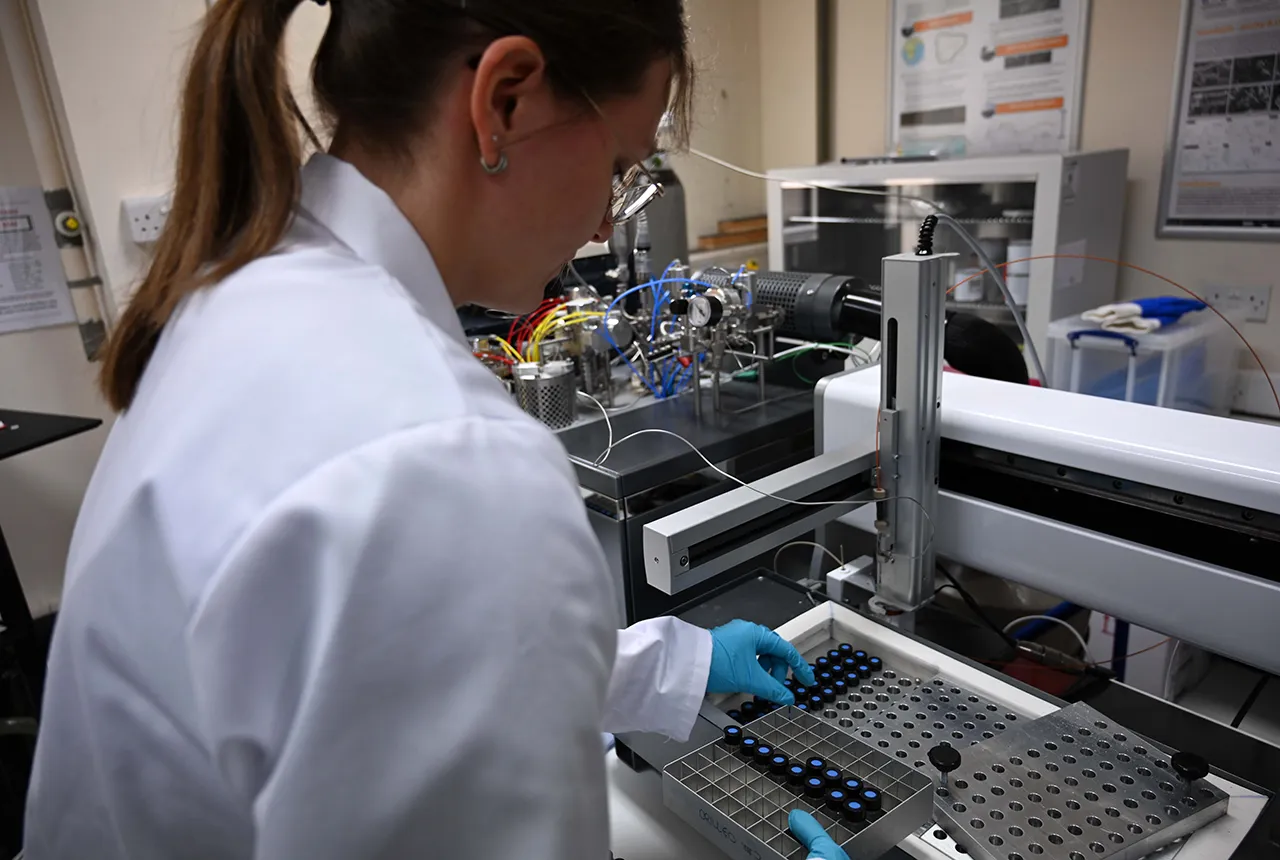
Carbon and oxygen isotope analysis of carbonates and the development of new reference materials
18/12/2024
Dr Charlotte Hipkiss and Kotryna Savickaite explore the importance of standard analysis when testing carbon and oxygen samples.
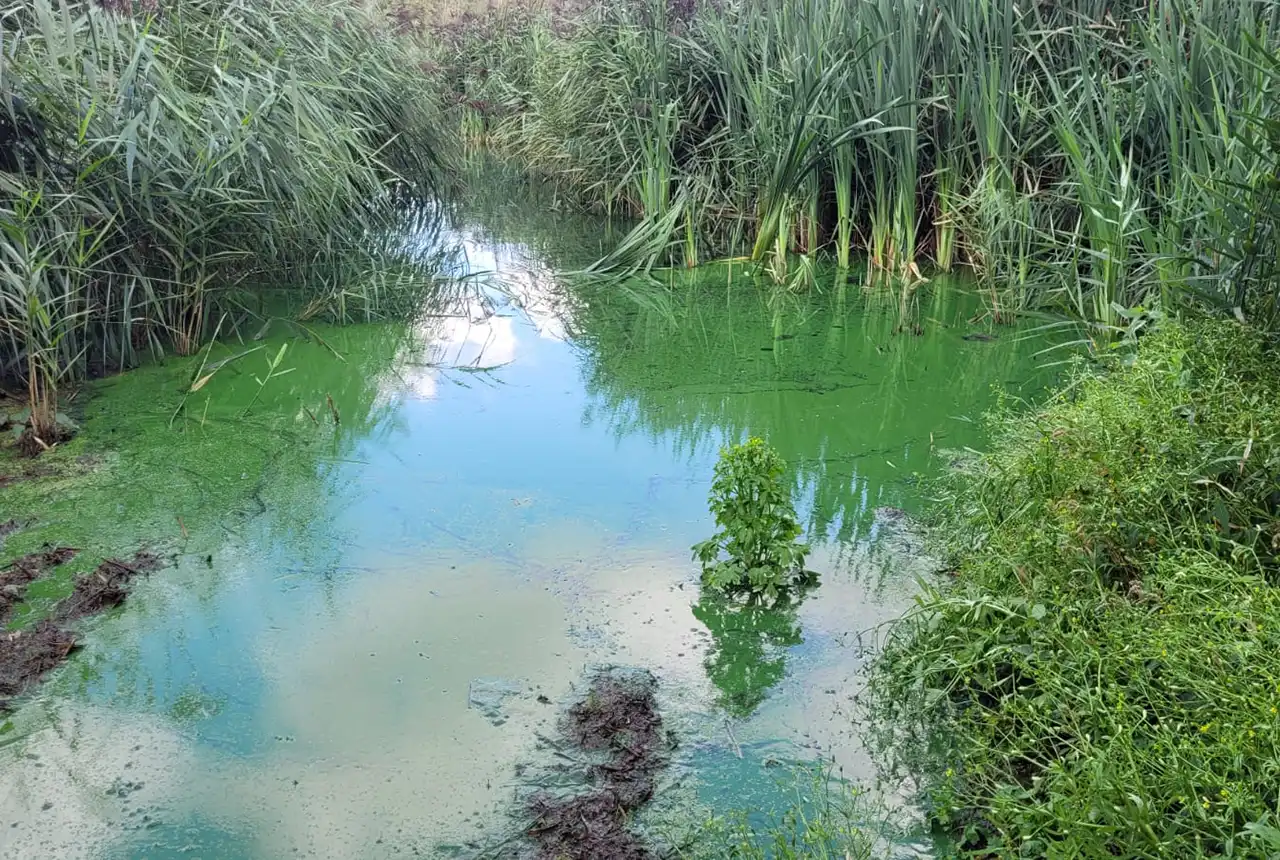
Studying oxygen isotopes in sediments from Rutland Water Nature Reserve
20/11/2024
Chris Bengt visited Rutland Water as part of a project to determine human impact and environmental change in lake sediments.
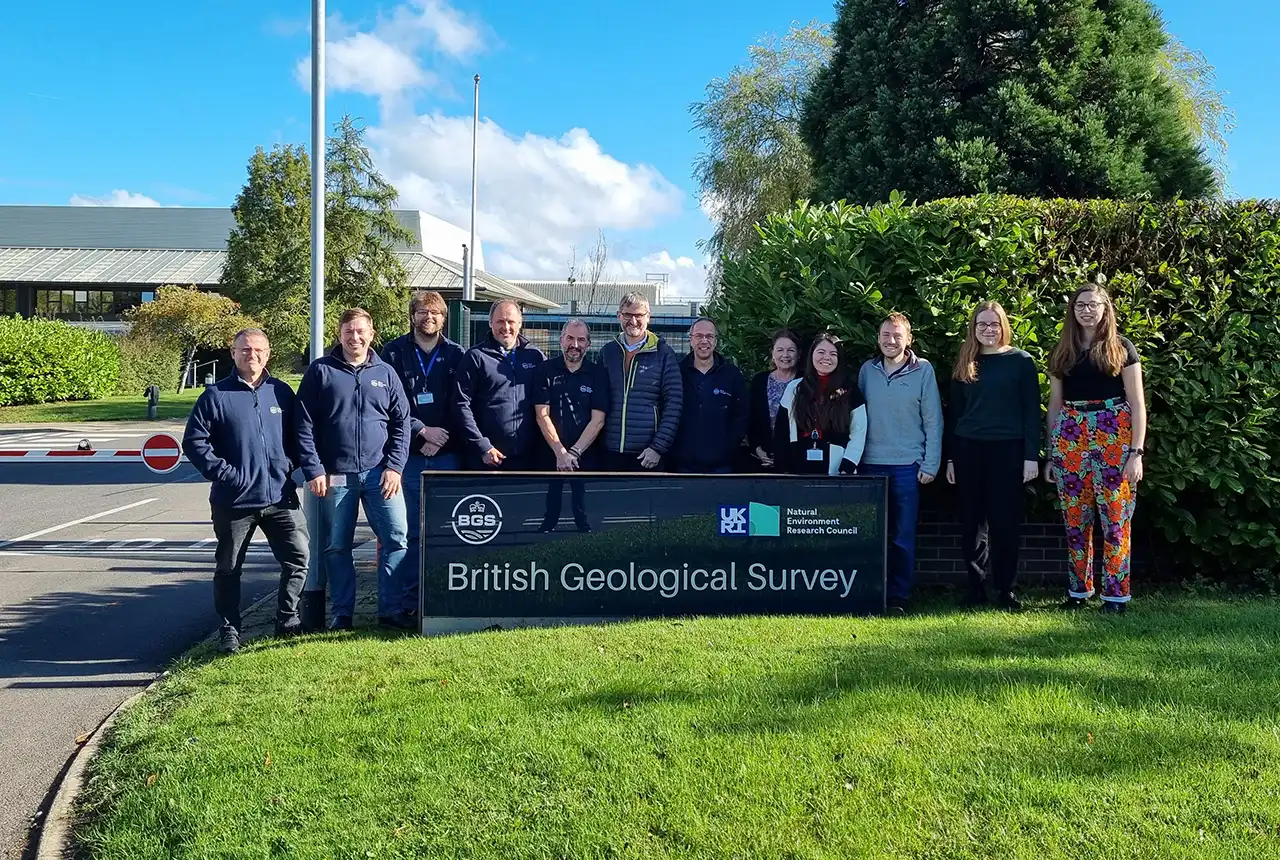
Celebrating 25 years of technical excellence at the BGS Inorganic Geochemistry Facility
08/11/2024
The ISO/IEC 17025 accreditation is evidence of technical excellence and reliability, and a mark of quality assurance.
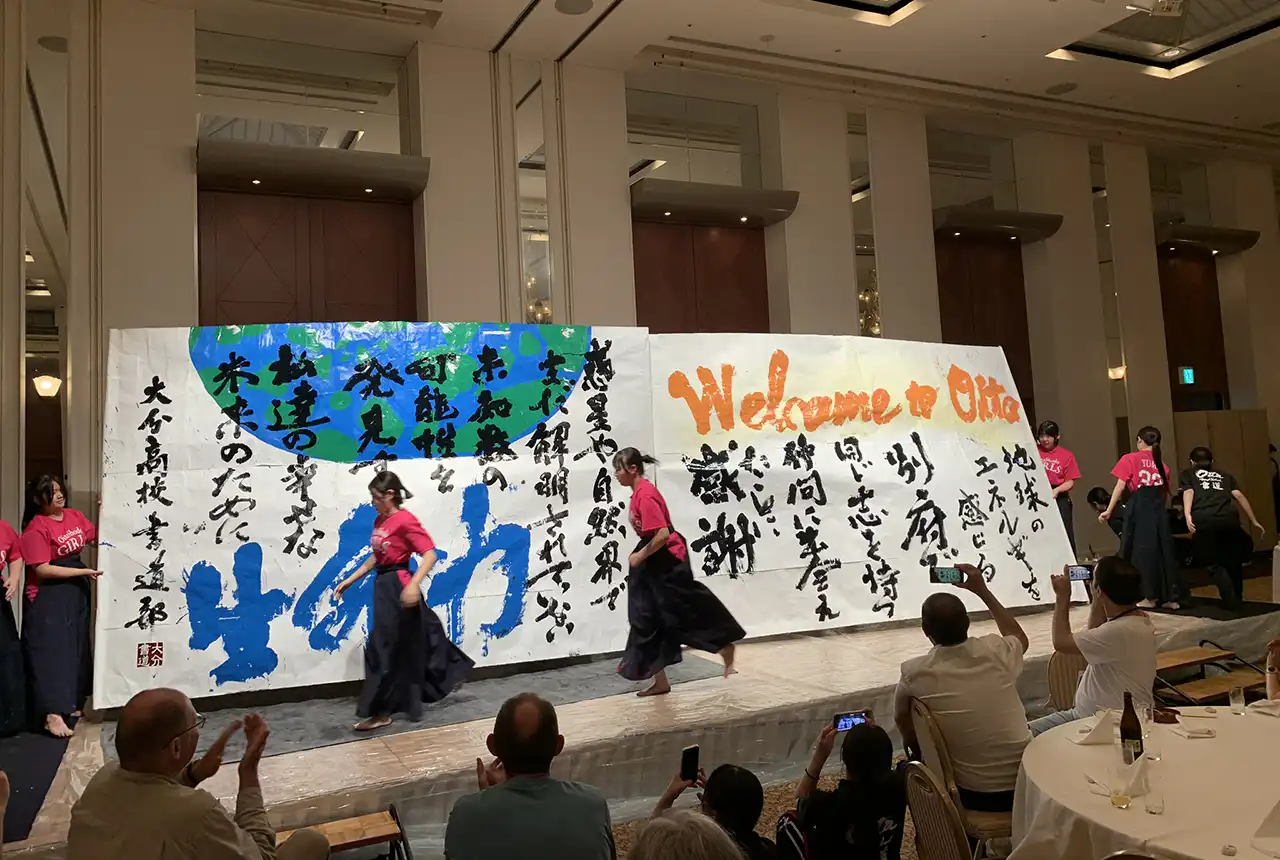
Electromagnetic geophysics in Japan: a conference experience
23/10/2024
Juliane Huebert took in the fascinating sights of Beppu, Japan, while at a geophysics conference that uses electromagnetic fields to look deep into the Earth and beyond.
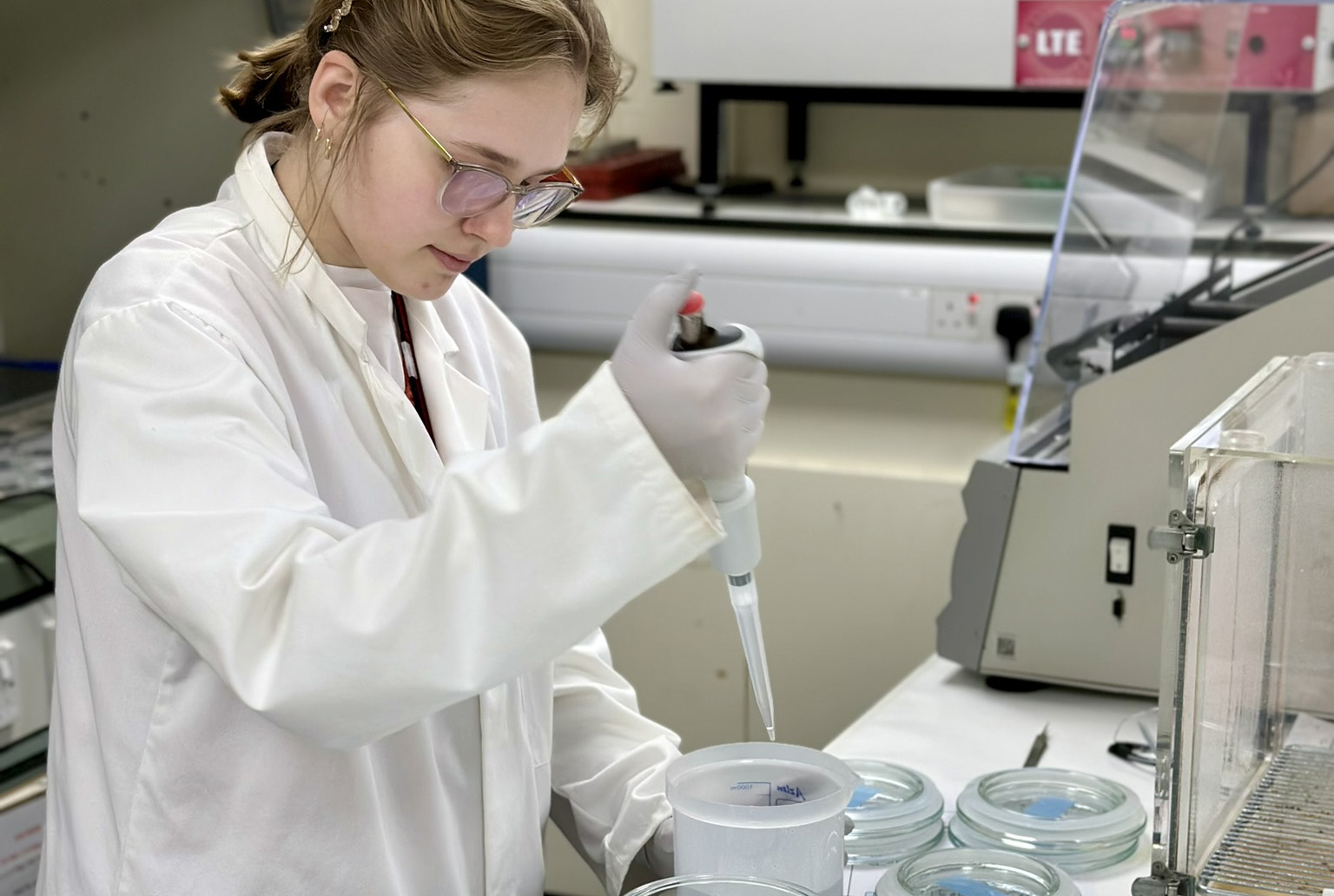
Exploring the role of stable isotope geochemistry in nuclear forensics
09/10/2024
Paulina Baranowska introduces her PhD research investigating the use of oxygen isotopes as a nuclear forensic signature.
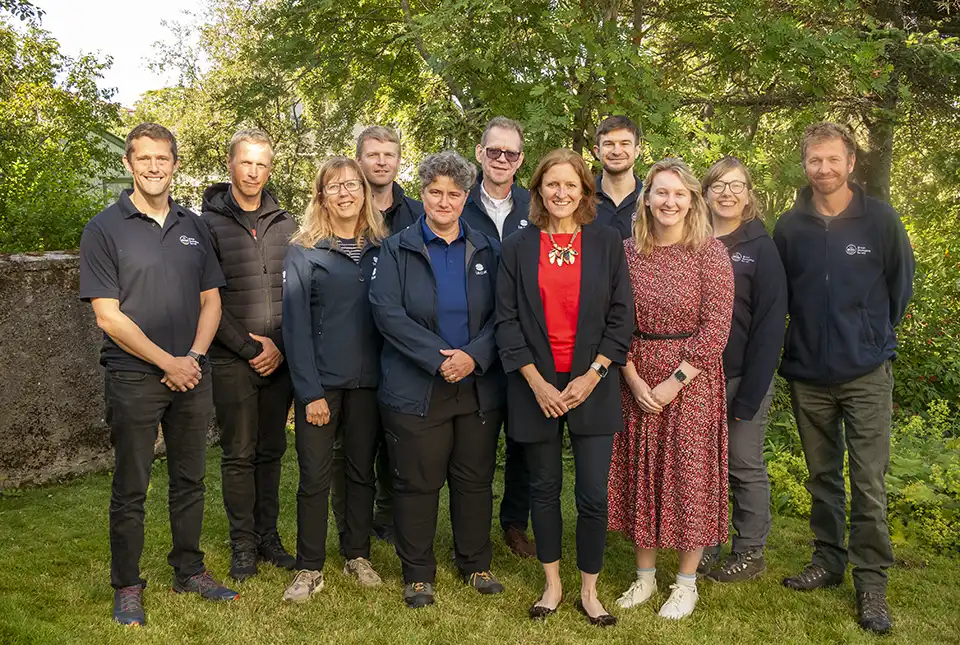
BGS collaborates with Icelandic colleagues to assess windfarm suitability
03/10/2024
Iceland’s offshore geology, geomorphology and climate present all the elements required for renewable energy resources.
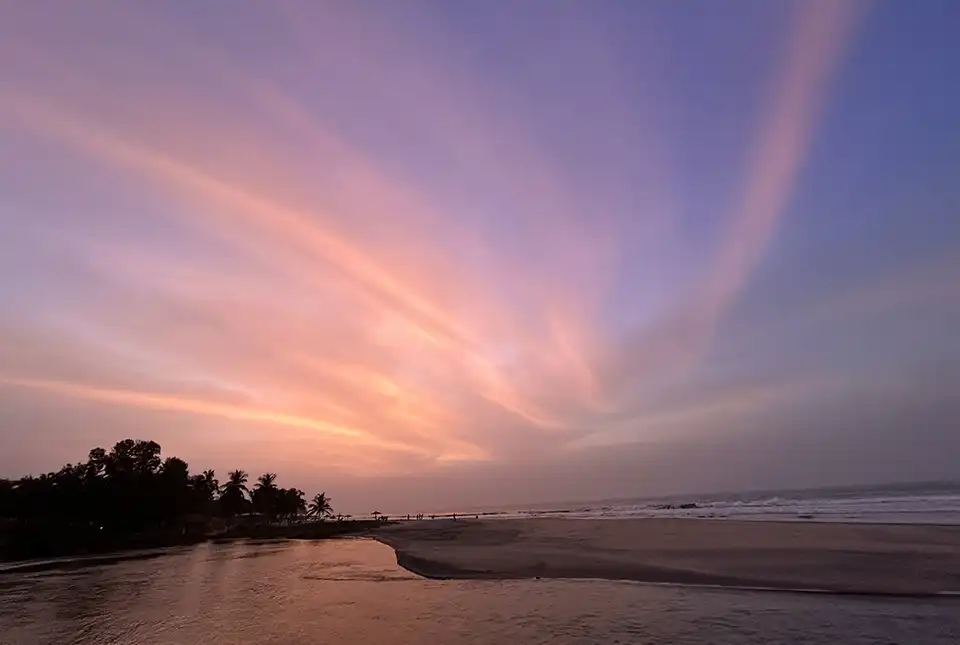
Mining sand sustainably in The Gambia
17/09/2024
BGS geologists Tom Bide and Clive Mitchell travelled to The Gambia as part of our ongoing work aiming to reduce the impact of sand mining.


